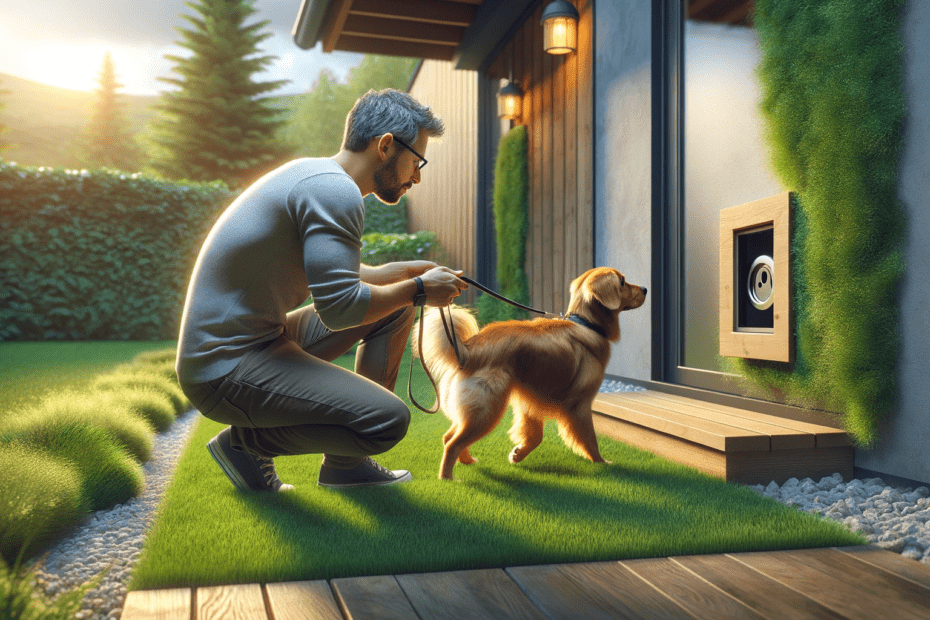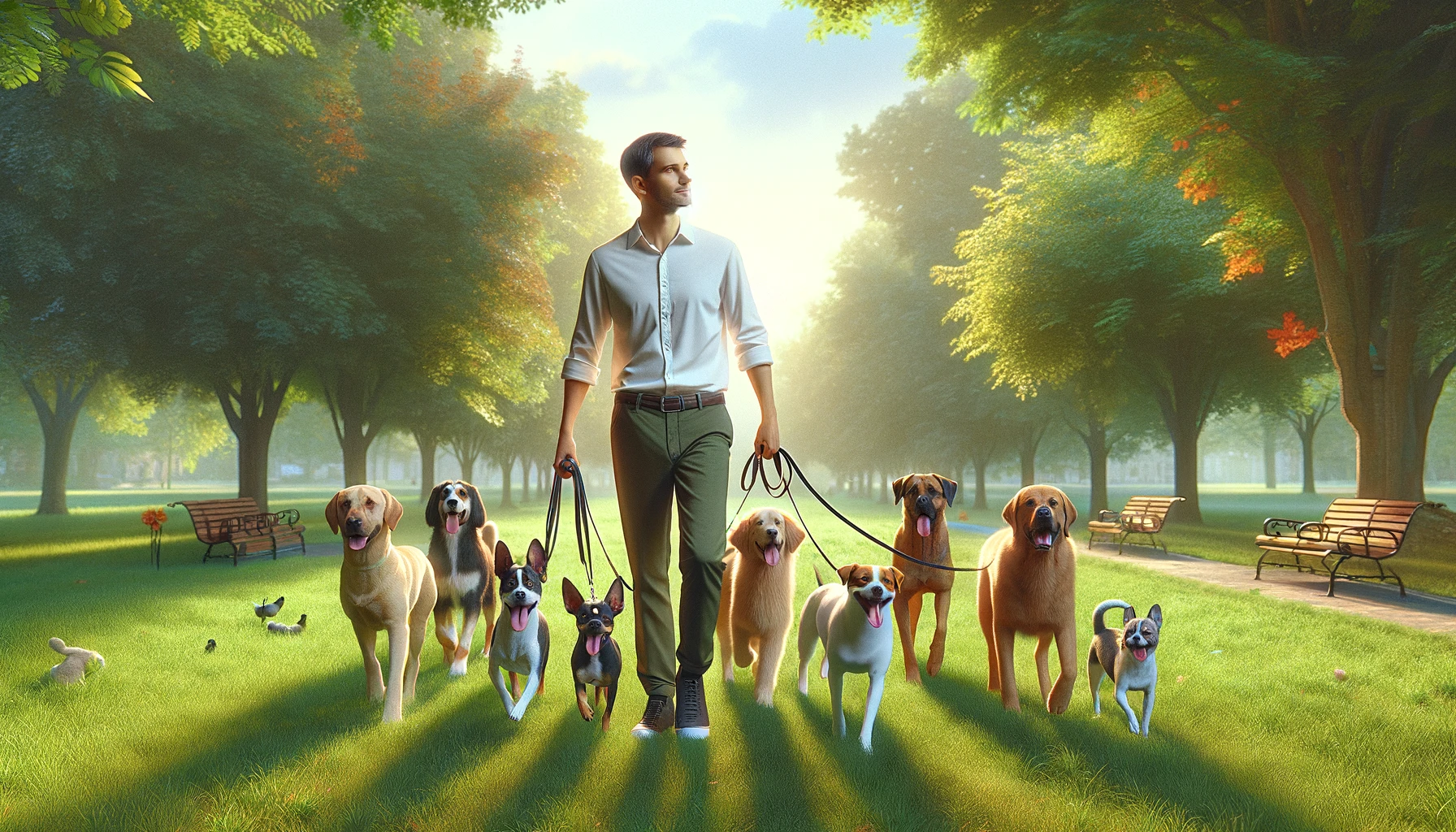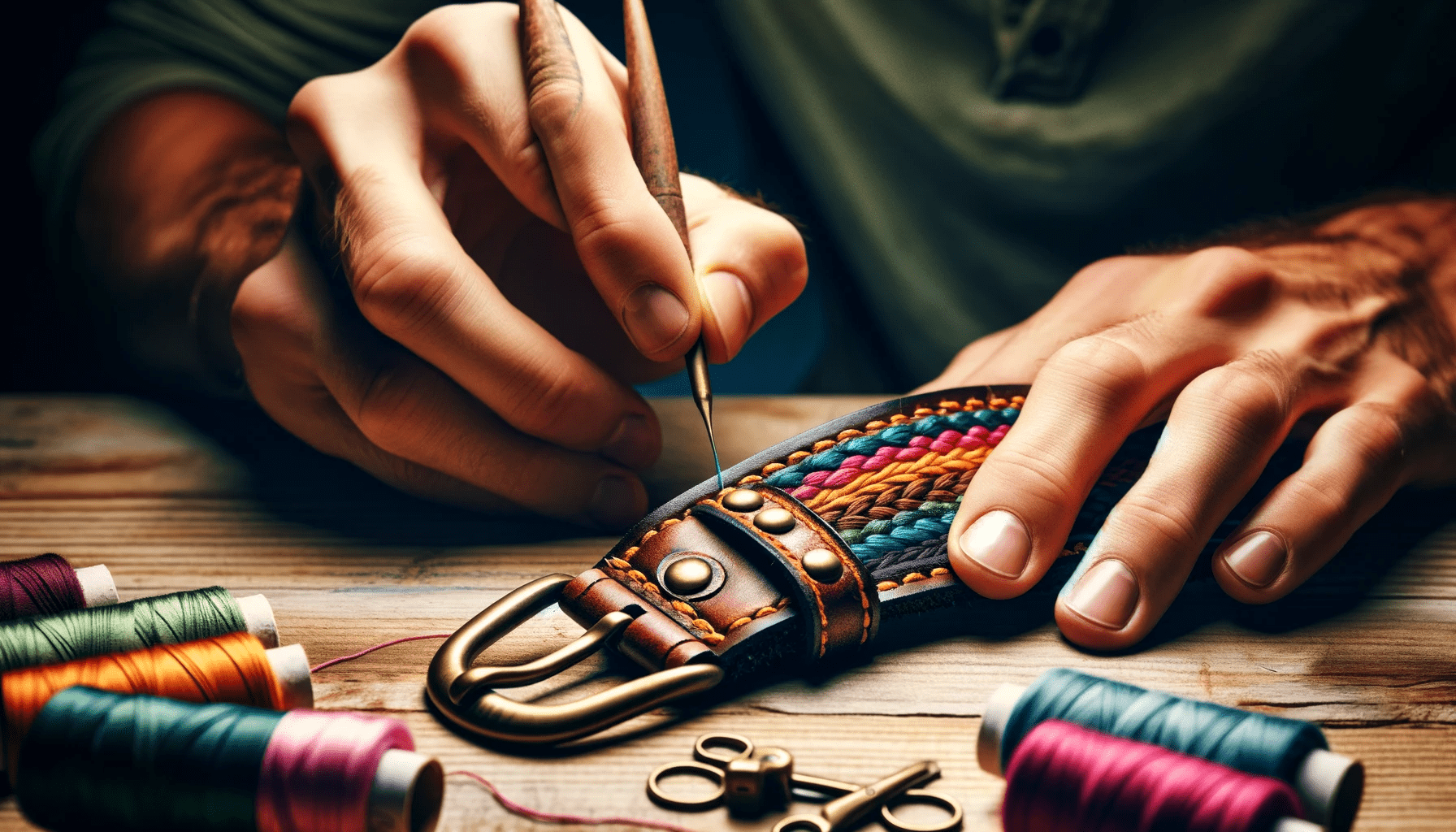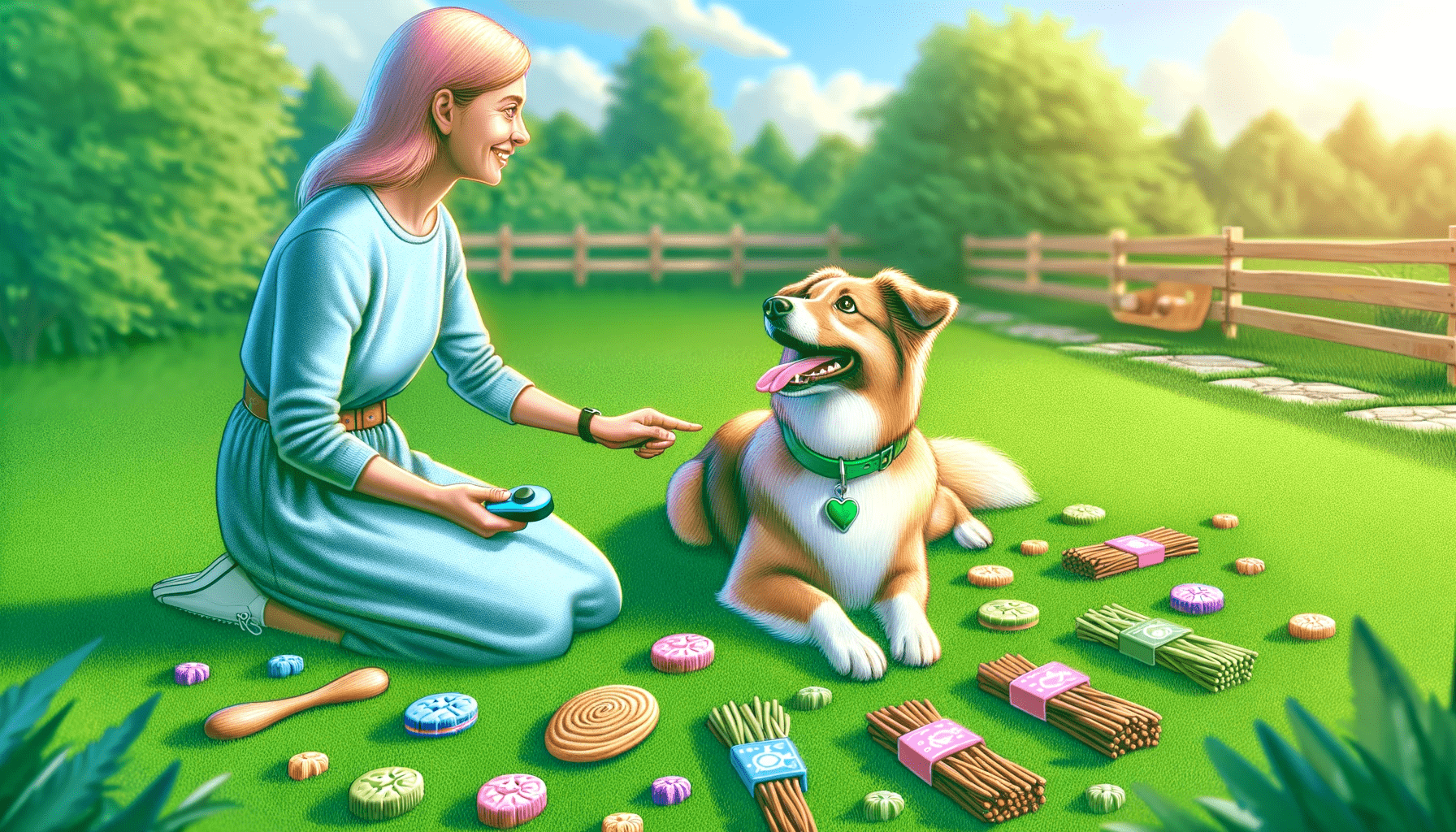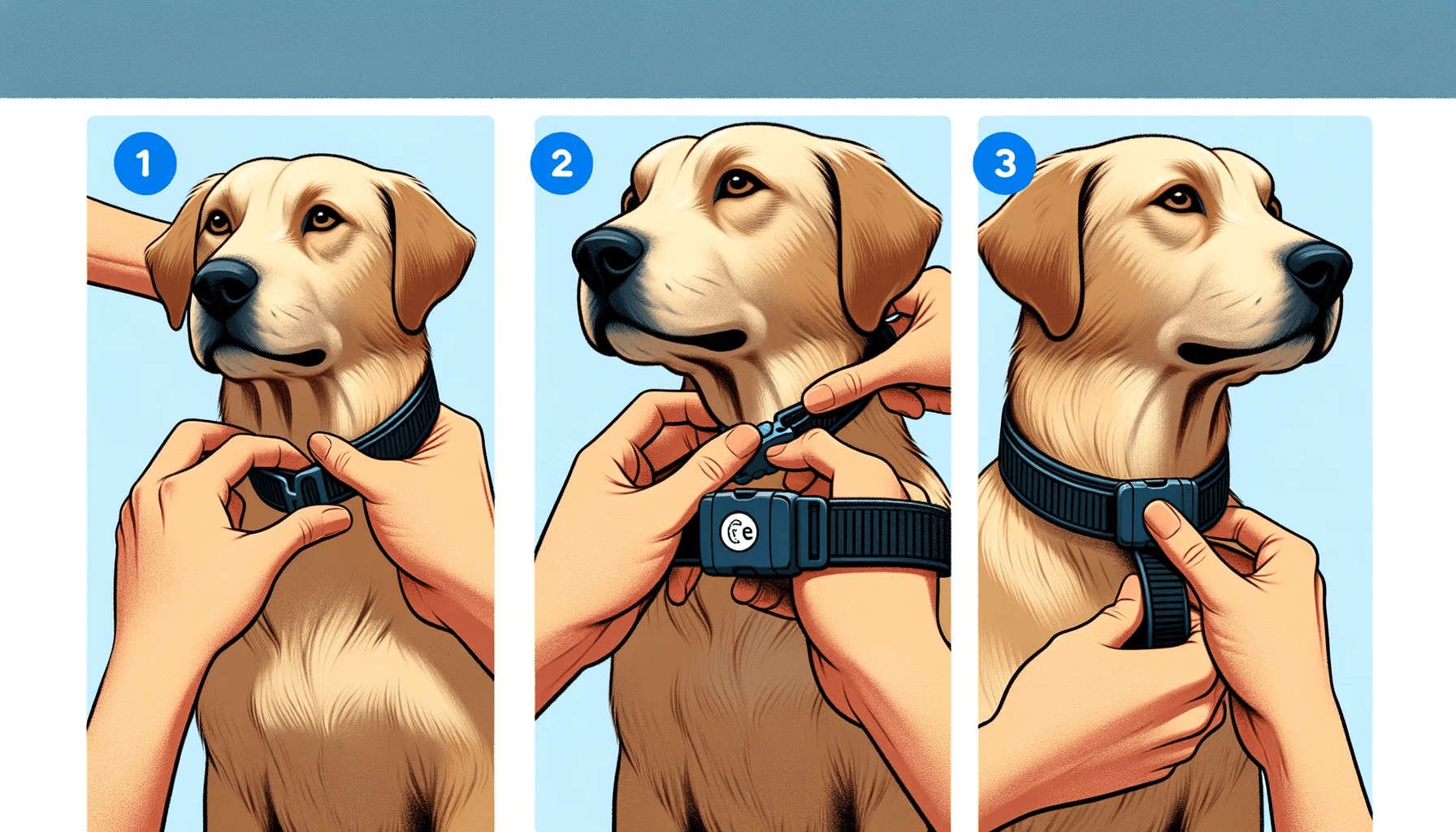Do you find yourself constantly cleaning up after your dog’s indoor accidents? It can be frustrating and confusing to understand why your furry friend keeps peeing in the house. But don’t worry, we’re here to help you put an end to this behavior!
In this guide, you’ll discover practical tips and techniques to stop your dog from peeing indoors. From understanding the underlying reasons behind their behavior to implementing positive reinforcement techniques, we’ll cover everything you need to know.
So, say goodbye to those pesky indoor accidents and hello to a well-trained, housebroken pup! Let’s get started on creating a clean and accident-free home for both you and your furry companion.
Key Takeaways
- Identifying the cause of indoor peeing is crucial, as it can be due to stress, territorial marking, lack of potty training, or medical issues.
- Positive reinforcement techniques, such as using treats, verbal praise, and belly rubs, can be effective in discouraging indoor peeing and reinforcing outdoor bathroom habits.
- Establishing a consistent potty schedule, tracking potty habits, and confining the dog when not home can help prevent accidents and encourage proper bathroom behavior.
- Using confinement as a training tool, such as using a crate or pen, can help control bladder habits, address marking behavior, and provide structure for the dog’s routine.
Common Reasons for Dogs Peeing Indoors
If your dog is peeing indoors, there are several common reasons why this may be happening. Understanding these reasons can help you address the issue and stop your dog from peeing in the house.
One common reason is stress or unfamiliar situations. Dogs can become anxious or overwhelmed in new environments or when faced with changes in their routine, leading to accidents indoors.
Another reason is territorial marking, especially in dogs that haven’t been spayed or neutered. Marking their territory with urine is a natural instinct for dogs, and if they feel the need to establish their dominance, they may do so by peeing indoors.
Excitement or submissive urination is another common reason for indoor accidents. Some dogs get so excited or submissive that they can’t control their bladder, resulting in urine accidents.
Lack of proper potty training is also a factor. If your dog hasn’t been properly trained to go outside, they may not understand where they’re supposed to relieve themselves.
Lastly, medical issues or urinary tract infections can cause dogs to pee indoors. If you suspect a medical problem, it’s important to consult with your veterinarian.
Understanding the Triggers of Indoor Peeing
To understand the triggers of indoor peeing, observe your dog’s behavior and look for patterns that may indicate specific situations or stimuli. One common trigger is marking. Dogs have a natural instinct to mark their territory, especially if they haven’t been spayed or neutered. If your dog is peeing in the house and exhibiting this behavior, it’s important to consider getting them fixed.
Another trigger could be a lack of proper potty training. Puppies, in particular, have small bladders and may not have learned to hold their urine for extended periods. Ensuring that you consistently and positively reinforce potty training can help prevent indoor accidents.
Medical issues, such as urinary tract infections or hormonal imbalances, can also contribute to inappropriate urination. If your dog suddenly starts peeing in the house without any apparent reason, it’s crucial to consult with your veterinarian to rule out any underlying health problems.
Additionally, the arrival of a new dog or changes in the household can cause stress and anxiety, leading to indoor accidents. It’s important to provide a calm and stable environment for your dog, gradually introducing them to any changes and offering plenty of reassurance.
Positive Reinforcement Techniques to Stop Indoor Peeing
One effective technique to stop indoor peeing is by using your dog’s favorite treats. Positive reinforcement is a powerful tool for training your dog and can be especially effective when trying to address unwanted behaviors like peeing in the house. When your dog successfully goes to the bathroom outside, immediately reward them with praise and a special treat. Make sure to choose treats that your dog absolutely loves, as this will increase their motivation to repeat the desired behavior.
In addition to treats, you can also use other forms of positive reinforcement such as belly rubs or verbal praise. Each time your dog successfully goes outside, give them plenty of affection and let them know how proud you are. This will help to reinforce the connection between going outside and receiving positive attention.
It’s important to note that while treats and rewards can be helpful in the beginning stages of training, the ultimate goal is for your dog to associate going outside with its own inherent rewards, such as the opportunity to explore or play. As your dog becomes more consistent with its bathroom habits, gradually reduce the use of treats and rely more on verbal praise and affection.
Creating a Consistent Potty Schedule for Your Dog
Establish a regular bathroom schedule for your dog to prevent accidents and promote consistent potty habits. Taking your dog out at regular intervals throughout the day will help them learn when and where to eliminate urine. Take note of your dog’s behavior and track their potty habits to determine how often they need to go outside. Consider their eating, sleeping, and drinking water schedule to create a routine that suits their needs.
When it’s time for your dog to go potty, take them outside to their designated bathroom area. Use positive reinforcement techniques, such as praise and treats, to reward them when they successfully pee outside. This will help them associate going potty outside with positive experiences.
To prevent accidents indoors, it’s important to keep your dog close and confine them to a crate or a small space when you’re not home. This discourages them from eliminating indoors and helps them develop the habit of waiting to go outside.
Consistency is key when creating a potty schedule for your dog. Stick to the routine as much as possible, even on weekends or during busy days. This will help your dog understand when it’s time to go outside and reduce the likelihood of accidents inside the house.
Using Confinement as a Training Tool
You can effectively use confinement as a training tool to prevent your dog from peeing in the house. Confining your dog to a small area, such as a crate, pen, or small bedroom, can help control their bladder habits and reduce the likelihood of accidents. Dogs are less likely to pee where they sleep or play, so using confinement can discourage elimination indoors.
When using confinement as a training tool, consistency is key. Make sure to establish a routine and stick to it. This means confining your dog whenever you’re not home to supervise them. By doing so, you can prevent accidents and reinforce the desired behavior of going potty outside.
Confinement can also be helpful in addressing specific issues, such as marking behavior and submissive urination. Some dogs may pee when they’re excited or feel the need to mark their territory. By confining them to a small area, you can limit their opportunities to engage in these behaviors.
Remember to provide your dog with plenty of exercise, mental stimulation, and regular bathroom breaks to ensure their comfort and well-being. Additionally, make sure the confinement area is clean, comfortable, and appropriately sized for your dog.
The Importance of Spaying or Neutering Your Dog
By spaying or neutering your dog, you can significantly reduce the urge to mark territory inside the house, addressing one of the main reasons dogs pee indoors. Marking behavior is more common in dogs that haven’t been spayed or neutered. Male dogs, in particular, are prone to marking their territory by peeing on objects around the house. When you spay or neuter your dog, you can help decrease their desire to mark their territory indoors.
Spaying or neutering your dog can also contribute to reducing anxiety, which is another reason why dogs pee in the house. Hormonal changes and anxiety often go hand in hand, and they can lead to marking behavior. By addressing these underlying causes through spaying or neutering, you can help alleviate your dog’s anxiety and reduce the chances of indoor peeing.
To further reinforce the habit of peeing outside, it’s important to take your dog outside regularly. Spend more time with your dog outdoors and provide ample opportunities for them to relieve themselves outside. This will help them develop a strong association between peeing and being outside.
In addition, it’s crucial to thoroughly clean any areas where your dog has previously peed inside the house. The scent of urine can act as a trigger for your dog to mark their territory again. Use an enzymatic cleaner to eliminate the odor completely and prevent your dog from being drawn back to that spot.
Effective Methods for Eliminating Urine Odors
To effectively eliminate urine odors, start with thoroughly cleaning up any accidents with an enzymatic cleaner. Dogs pee in the house for various reasons, and if the odor remains, they may continue to use that spot as their bathroom. Enzymatic cleaners are specifically designed to break down the proteins in urine, eliminating the odor at its source. Be sure to follow the instructions on the cleaner and allow it to fully dry.
In addition to cleaning, try placing your dog’s potty pads or litter box outside. Gradually move them closer to the door until they’re eventually placed outside. This will help your dog associate going outside with the appropriate place to relieve themselves. Reward your dog with treats and praise when they successfully pee outside, reinforcing the positive behavior.
To make it less likely for your dog to go inside the house, always take them outside after meals, naps, and playtime. Dogs have a natural instinct to pee after these activities. By establishing a routine, your dog will learn that they should go outside to pee.
If your dog continues to have accidents inside, consider confining them to a small area when you’re not home. This will limit their access to the house and reduce the likelihood of accidents occurring. Remember to be patient and consistent with your training. With time and proper guidance, your dog will learn to pee outside, and the urine odors will become a thing of the past.
Seeking Professional Help for Persistent Indoor Peeing Issues
If your dog’s indoor peeing issues persist despite your efforts, it may be time to consider seeking professional help. While you may have tried various training techniques, sometimes an adult dog may require the expertise of a dog trainer or behaviorist to address this issue effectively. These professionals have the knowledge and experience to identify the underlying causes of your dog’s indoor peeing and develop a customized training plan. They can implement desensitization and counterconditioning techniques to address anxiety or fear-related behaviors that may be contributing to the problem.
Seeking professional help is especially important if your dog’s indoor peeing started suddenly or if there are other changes in their bathroom habits. These changes might indicate an underlying medical condition that requires veterinary attention. If your dog shows signs of pain or discomfort during urination, it’s crucial to consult with a veterinarian promptly to rule out any medical issues.
Moreover, professional help can be beneficial when dealing with excitement urination. This is a common issue, especially in younger dogs or new pets. A dog trainer or behaviorist can provide guidance on managing your dog’s excitement levels and teach you strategies to prevent accidents caused by excessive excitement.
Frequently Asked Questions
What Can I Give My Dog to Stop Him Peeing in the House?
To stop your dog from peeing in the house, establish a consistent bathroom routine, use positive reinforcement for good behavior, consider using dog diapers or belly bands, and seek help from a professional trainer or behaviorist.
What Repels Dogs From Peeing Inside?
To repel dogs from peeing inside, try using dog repellent sprays specifically designed for indoor potty training. Combine it with positive reinforcement, crate training, consistency, routine, and addressing any underlying medical conditions. If needed, seek professional help.
How Do You Discipline a Dog From Peeing in the House?
To discipline a dog from peeing in the house, start with crate training and positive reinforcement. Maintain consistency with frequent bathroom breaks and monitor water intake. Use scent deterrents and consider professional training for effective results.
How Do I Stop My Dog From Peeing in the House When Left Alone?
To stop your dog from peeing in the house when left alone, start by crate training and establishing a consistent bathroom routine. Use positive reinforcement, identify and address any medical issues, and use deterrents. Seek professional help for a safe and stress-free environment.
Conclusion
In conclusion, addressing the underlying reasons for a dog’s indoor peeing behavior is crucial in effectively stopping it. By establishing a consistent bathroom routine, providing proper exercise and mental stimulation, using positive reinforcement, and considering confinement or the use of dog diapers, you can help your dog overcome this issue.
Remember, seeking professional help and addressing any underlying medical conditions are essential for long-term success. With patience, consistency, and the right approach, you can prevent your dog from peeing in the house.
